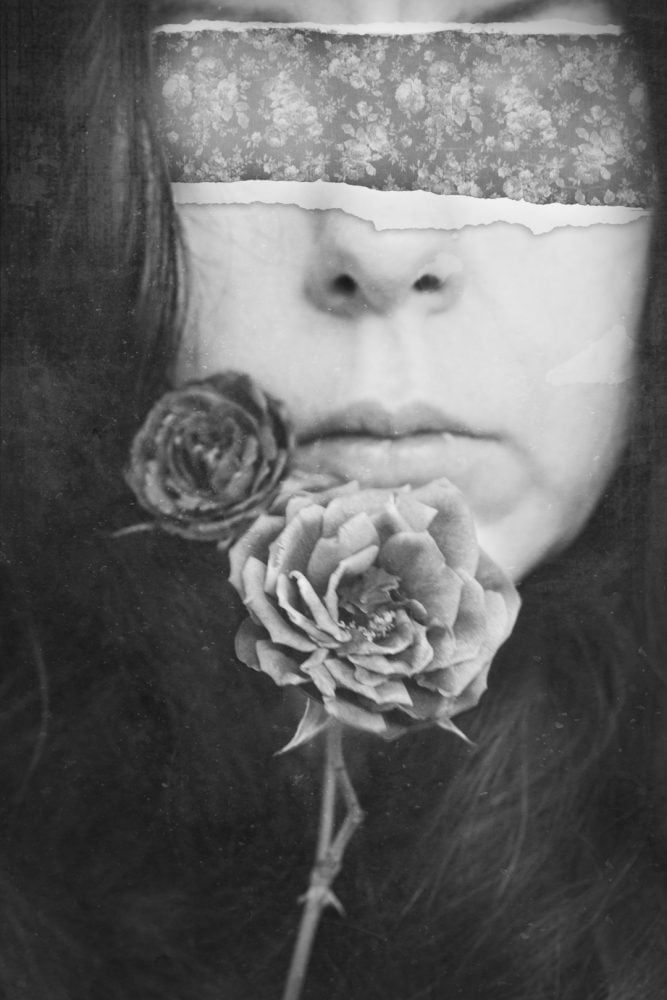I have an inner art critic. Most artists do I suspect, given that creativity often requires us to dig into the deeper, scarier parts of ourselves and bring them to light, a task that is daunting at the best of times. Add to that the perceived judgement of others on our skills, ideas and technical execution and then finish it off with art being deeply important in our own lives and it’s not hard to see why the inner critic has plenty of material to work with.
Last week I shot a series of self-portraits, an experiment in creative flow with no specific concept in mind. When I first looked through the images I loved them. My inner critic, however, had a few other thoughts.
- The images were not technically perfect, I was shooting with limited winter light through a window so my shutter speed was low and the images weren’t tack sharp (I actually like experimenting with motion and focus so this isn’t usually an issue but today the critic thought it was).
- I’m a self-portrait artist but I don’t often take traditional portraits where my face is the main focus of the image and I’m often uncomfortable seeing myself up close. We all tend to see our flaws first so this just makes me human.
- The images didn’t have a strong conceptual theme. I like my images to have a meaning or a purpose, an idea I want to communicate. While I had a few personal thoughts and feelings in mind as I was shooting, I hadn’t actively tried to create an image that portrayed those. The inner critic felt strongly that without an obvious concept, what I had produced was a self-indulgent exercise in narcissism (the critic’s words, not mine).
By the time I’d finished editing the images, I’d more or less talked myself into thinking they were no good.
I kept coming back to them though. As flawed as they were, something in them was interesting to me and I wasn’t quite ready to let them go. So often I create intuitively and don’t see the full depth of an idea until afterwards so when my gut was telling me there might be something there, I wanted to know what it was.
What I found was vulnerability.
The images felt personal, and because this feeling was uncomfortable my brain was throwing out objections that could provide me with a way out. I judged myself for the technical flaws, for shooting self-portraits and for not having developed a stronger concept from the start because my inner critic was trying to keep me safe, as fear does, just not in a very helpful way.
There was an idea to be communicated here though. All the things that were making me uncomfortable about the images were the point. I could use those feelings to tell this story.
I re-edited the photos. I made images that felt like hiding, like running away, like fading into the walls, like tearing ourselves down – all the ways we deal with feeling vulnerable.
I was once told by a poet that as artists we should never not put work out because of fear, that even if one other person finds something in our art that speaks to them it’s our job to put our work out there to be found by that person. Vulnerability comes from honesty, from sharing a part of ourselves and that has value – if it didn’t it likely wouldn’t be so terrifying in the first place.
Maybe these images speak to you and maybe they don’t. Maybe you think they’re terrible and should have stayed hidden. Maybe all you see are the flaws. Maybe you’ve been anxious or uncomfortable putting your art out there and you know exactly where I’m coming from. The point is that sometimes art will feel vulnerable and uncomfortable and this may just mean you are on the right track. Keep creating. Keep challenging the inner critic and figure out what it’s really trying to tell you, then work with what you find.
